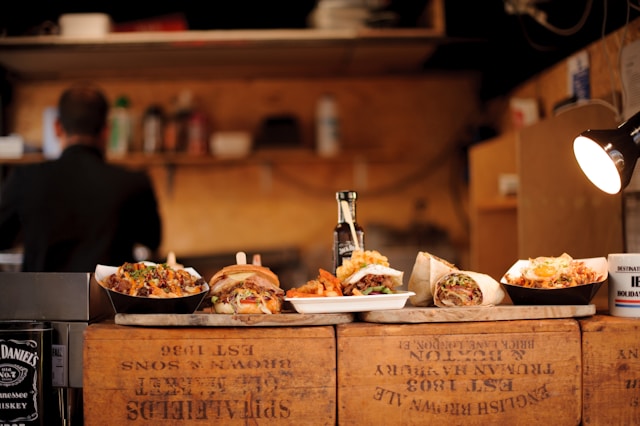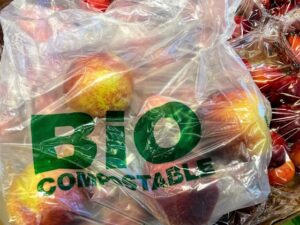Food trucks may be small in size, but when it comes to kitchen efficiency and food waste reduction, they’re masters of the craft. Operating in tight quarters with limited storage, unpredictable customer flow, and slim profit margins, food truck teams are pros at maximizing every ingredient and minimizing what ends up in the trash.
The same principles that help food trucks cut waste and stay nimble can work in your home kitchen, too. Whether you’re cooking for one or hosting a crowd, here are some food truck-inspired strategies to help you cut waste, stretch your grocery budget, and make the most of every bite.
- Plan ahead, but stay flexible
Food trucks thrive on smart prep and daily game plans. Menus are often tailored to what’s the most fresh, affordable, and what needs to be used up quickly. In your own kitchen, take stock before you shop – what’s in the fridge or pantry that could anchor your meals this week? Planning a few versatile meals that can adapt to what you have on hand will help you avoid overbuying and spoilage. - Master portion control
Food trucks operate with precision – they have to. Serving too much means wasted food and money; too little leaves customers unsatisfied and opportunities left on the table. At home, estimating how much you really need can help lessen waste and save time on clean-up. A good general rule of thumb is to plan about one cup of cooked grains or starches, four to six ounces of protein, and one to two cups of vegetables per person. Once you start measuring out portions, it becomes easier to shop, prep, and store just the right amount. - Use every part of the ingredient
In food trucks, scraps often turn into secret ingredients. Carrot tops become pesto. Chicken bones become stock. Extra rice becomes fried rice. Get creative in your kitchen by thinking about how to repurpose parts of food you’d normally throw out. Wilted herbs can go into sauces or compound butters. Citrus peels can add punch to marinades or baked goods. Leftover veggie trimmings? Freeze them to make broth. - Keep your inventory visible
In a food truck, space is limited – so everything is labeled, rotated, and easy to see. Apply the same system at home. Store leftovers and prepped items in clear containers and label them with the date. Place older items toward the front of your fridge or pantry so that they get used first. Knowing what you have helps you use it before it goes bad. - Get comfortable with imperfection
Food trucks often cook in real time, adjusting based on weather, crowds, or ingredients on hand. Home cooks can do the same. That half onion or extra serving of roasted vegetables might not be enough for a standalone meal – but combined with some protein and pasta, it’s dinner. Don’t let perfectionism be the reason you toss usable food. - Build your go-to “rescue meals”
Food truck menus often include dishes that lend themselves to versatility. Things like tacos, grain bowls, or stir-fry all have “kitchen sink” ingredients – scraps that can be used in a variety of ways. At home, having a few go-to “rescue meals” that can flex with whatever you need to use up can save the day, and your groceries. Think: soup with leftover veggies, quesadillas with fridge odds and ends, or a frittata.
Cutting down on food waste starts with the choices we make every day in our own kitchens. The more we approach cooking with creativity, awareness, and efficiency, the better off our wallets, our meals, and our planet will be.




